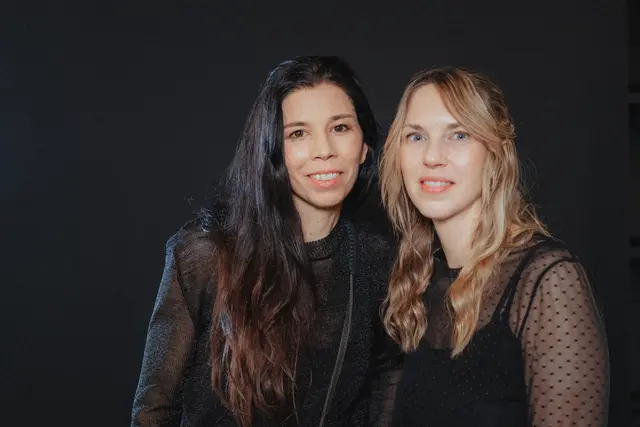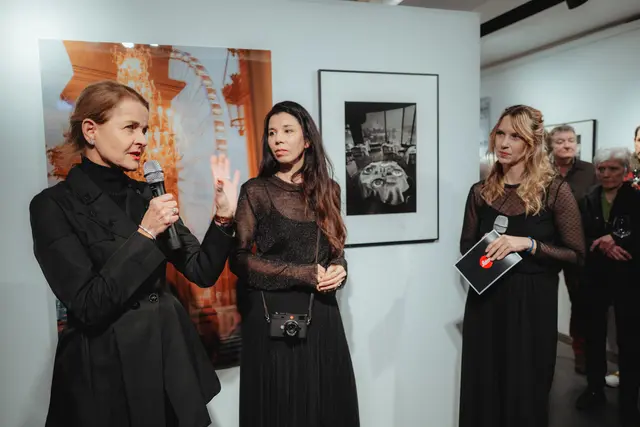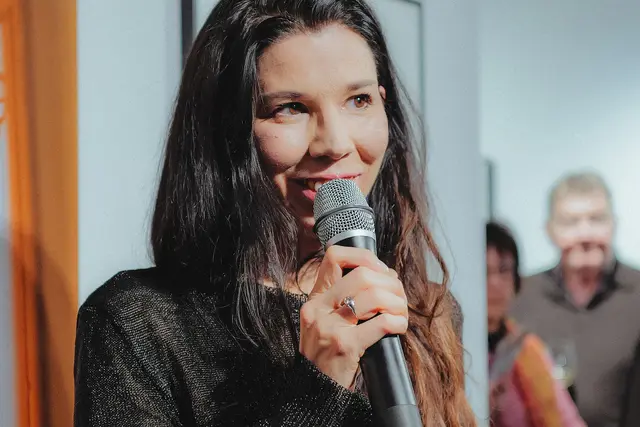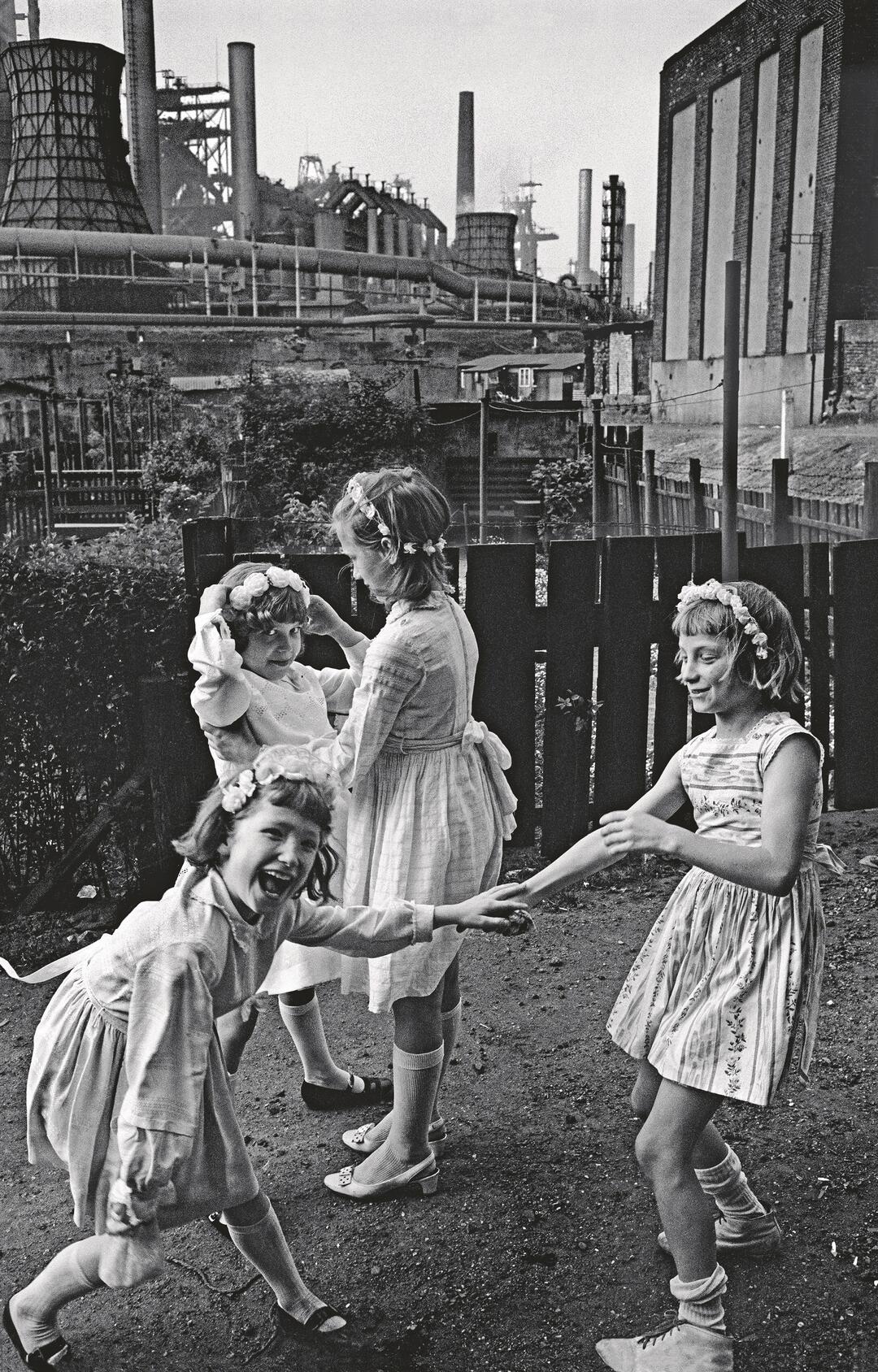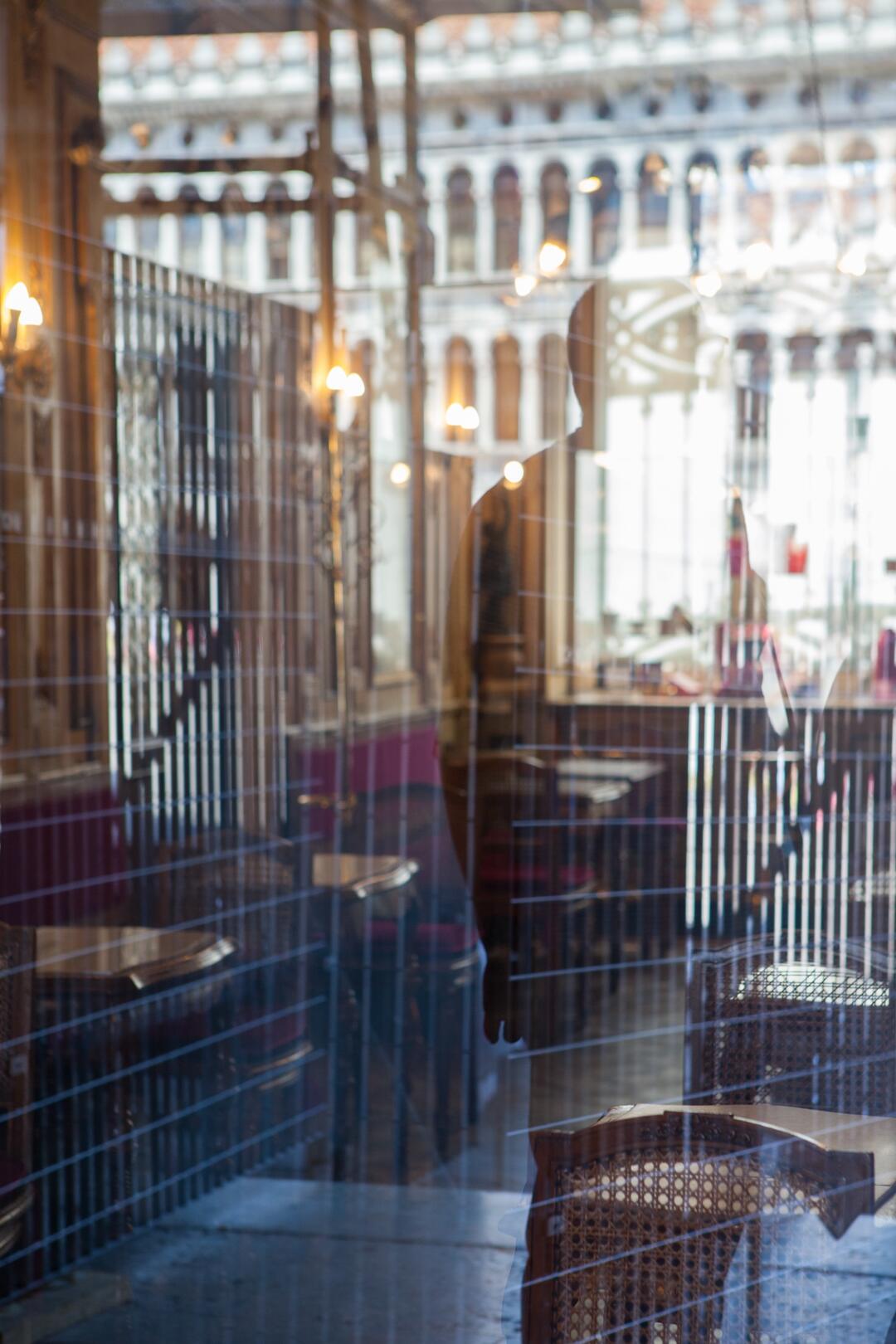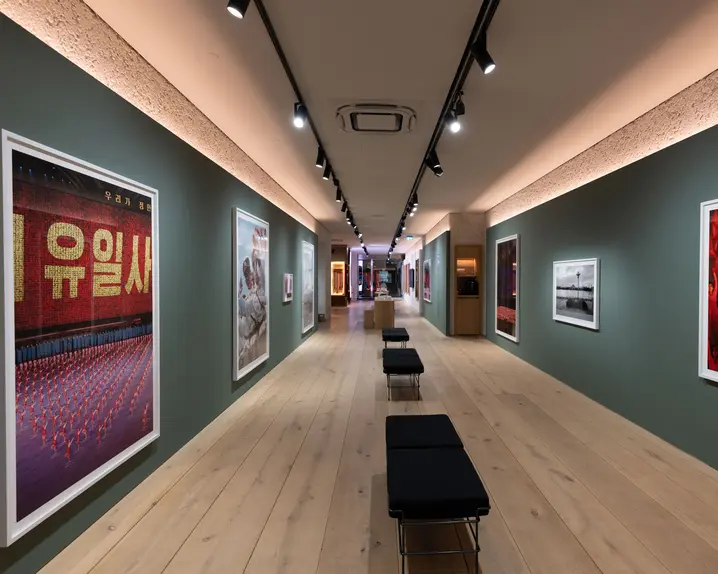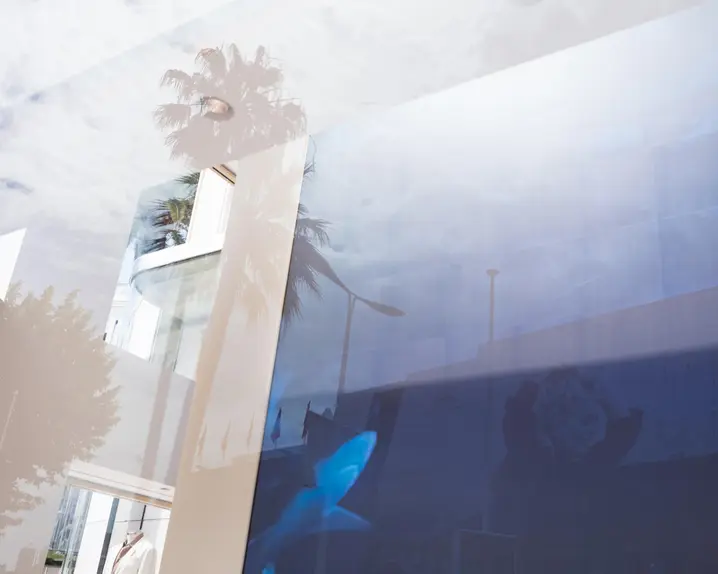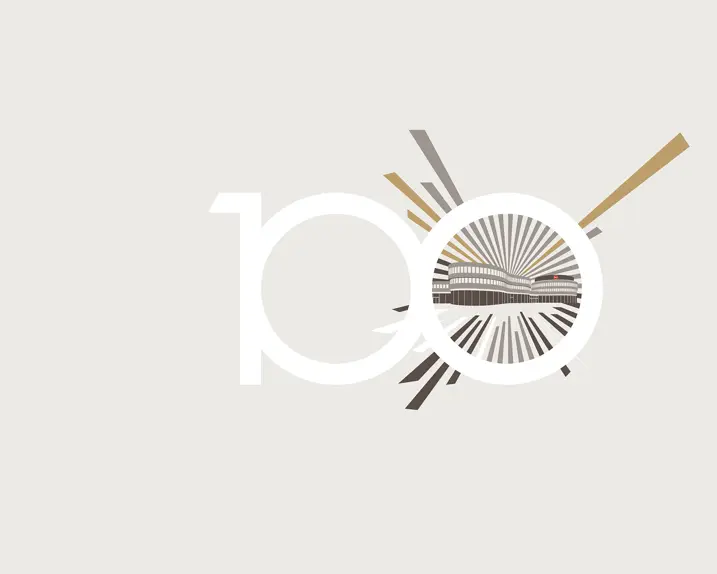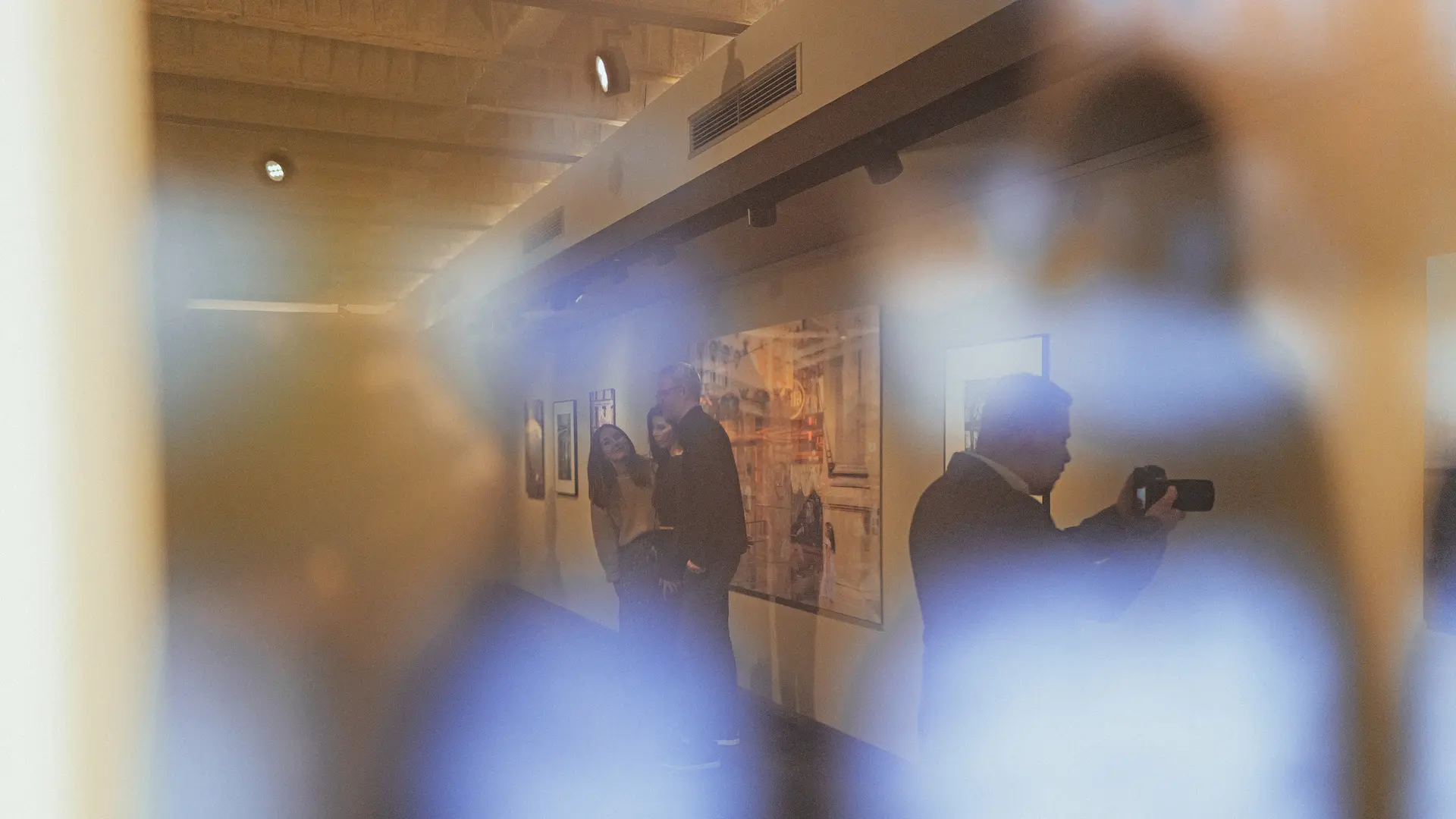
Developing a Dialogue
With Leica's 100th anniversary having come around, Franziska Stünkel has put her focus on the work of Leica Hall of Fame winner Walter Vogel. Pictures by both artists can be viewed in the Leica Gallery in Frankfurt.
This year, the Leica Galleries are celebrating 100 years of Leica photography with a concept that develops a visual dialogue between the past and future of photography. The Leica Gallery in Frankfurt is launching an exhibition by Franziska Stünkel and Walter Vogel. Stünkel makes reference to the Leica legend’s work through her own very unique and unmistakable imagery. From 16 January 2025, visitors will have the opportunity to be inspired by both artists’ photographs. Every month, another new exhibition will open in a selected Leica Gallery, bringing together contemporary talent with renowned Leica Hall of Fame winners.
100 years of Leica photography – what are your thoughts on this?
Franziska Stünkel: I am always amazed by the vastness and value of the universe Leica photographs have created, which in turn has shaped how we perceive our own world. Leica revolutionised photography 100 years ago by launching the world’s first 35mm still camera. This made photography flexible and spontaneous, thus opening up a completely new, profound view of people. I associate Leica photography with ground-breaking reportage photography, but also with photographic contributions to the field of art. Leica photography is characterised by attributes like authenticity, human connection and courage. The same is as true today as it was back then, as these aspects are still essential for revealing the truth through images.
I am constantly amazed by the vast and valuable cosmos of outstanding Leica photographs that have shaped our perception of the world.
Franziska Stünkel
How has Walter Vogel’s work influenced your own?
What fascinates me most about Walter Vogel’s work is the way he captures scenes from everyday life with precise documentary clarity and artistic sensitivity. His works touch me. Like me, he works with the Leica M. We are both street photographers. He started taking photographs in the 1950s. For this exhibition, I travelled to some of the places where he took his photographs. My aim in doing so was not to copy him, but to remain true to my own style of imagery. I also visited very specific places depicted in his works, such as the Caffè Gilli in Florence and Ground Zero in New York. When Vogel took photographs there, the World Trade Center was still standing. It felt poignant to stand in exactly the same places holding my Leica sometimes over 70 years later. I kept thinking about how close he got to people and places.
What are the similarities or differences that become apparent during this dialogue?
Our photographs seem very different at first glance. Vogel’s clear documentary black-and-white photography contrasts with my complex fragmentary colour photography of reflections, even though we both document life on the street. Although the places and people have changed over the course of time due to cultural, technical and political developments, we are united in our search to capture an essence that is the profoundly human. The spirit of the age is what interests me when juxtaposing our photographs, but the timeless aspect is what touches me.
Did you come up with a concept straight away, or did you need time to think about approaching the project?
The idea of following in Walter Vogel’s footsteps geographically quickly emerged. The Leica Archive had given me over 40 works by Walter Vogel to choose from. The more attentively I ‘listened’ to our photographs, the more layers and subtleties I was able to identify. It actually felt like a conversation I was involved in. The exhibition features 18 pairings. These include photographs that speak to each other about our individual photographic views of the same place. But I also discovered visual parallels, such as silhouettes and the dynamics of lines. What I was looking for above all were the invisible connections: the associations. I find the narrative, socio-political and poetic associative spaces between our photographs extremely exciting. At this point, the dialogue between the photographs also opens up to the visitor’s perspective.
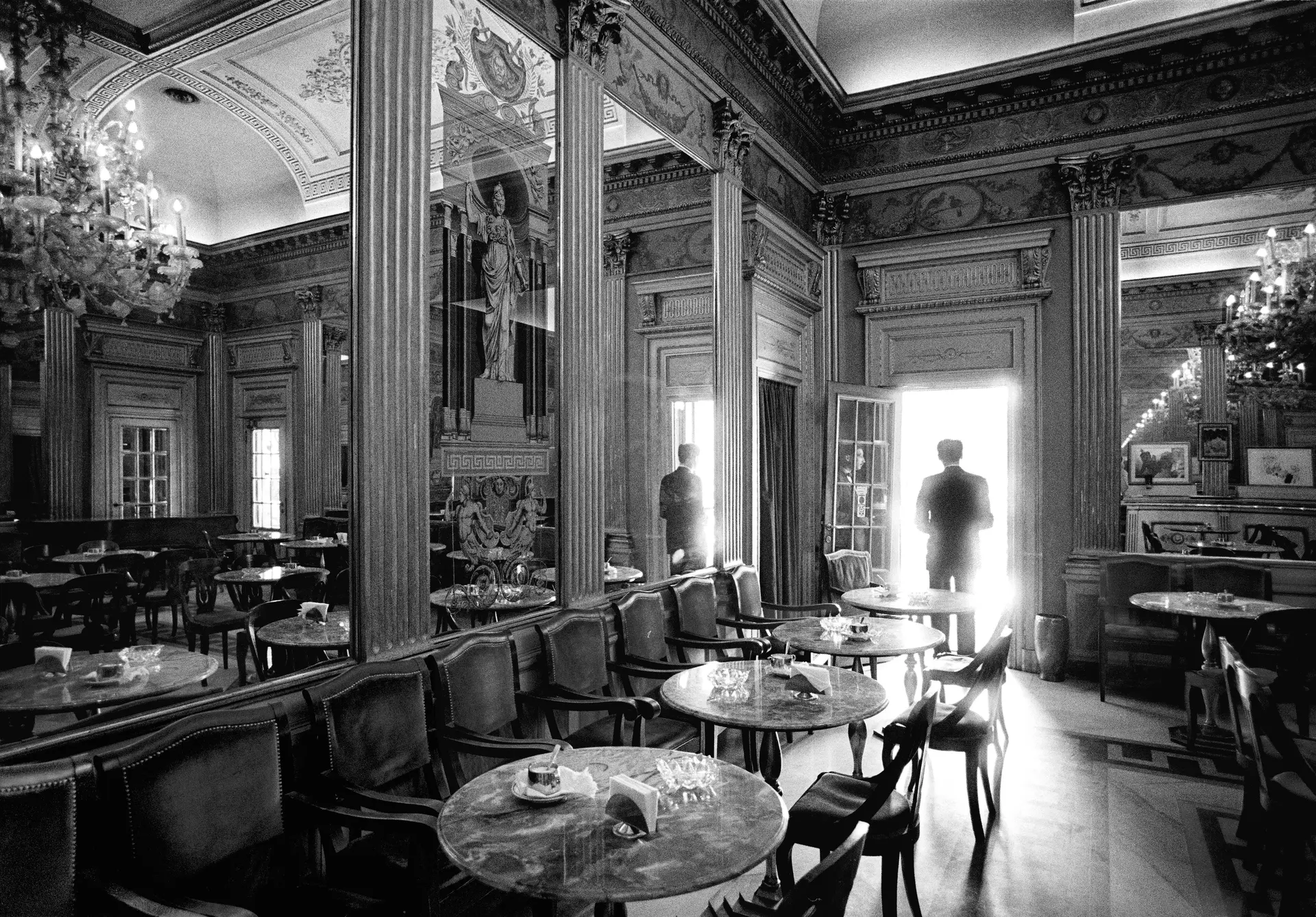
Walter Vogel I San Carlo Bar
Where do you find inspiration? Who or what inspires you?
There is an almost magical power in being on the road, to which I am attracted. This is driven by the social and cultural dynamics of a place, as well as the unexpected aspects. I have to be alone when I’m taking photographs in order to perceive everything in a way that is direct and unfiltered. I photograph reflections on glass. The photographs often look as if they were made on a computer, but I don't edit them digitally. My photography is entirely created on location, as is the case with Walter Vogel’s work. I find life on the street fascinating. I have now travelled to all the continents. I have often thought about Walter Vogel travelling with his Leica.
My photographs only reveal their full power when presented in the size I envision. I display my photographs in large format behind glass so that the viewer can see themselves reflected in the image and become part of it – Coexist.
Franziska Stünkel
What are your pictures, i.e. your series, about?
I have been photographing my Coexist series for over 15 years. I search metropolises around the world for reflections on glass in which everything seems to come into contact – people, elements of urban life and different cultures. To me, this signifies the complexity of human interaction; it is a visual reflection on the challenges and beauty brought by our coexistence. It is a call to maintain a balance between individuality and community. The series invites us to reflect on ways to coexist peacefully, which is a topic that I think is more relevant than ever in our increasingly networked and fragmented world.
Which camera did you use and why?
I used the Leica M. I can’t imagine working with any other camera. I want to be part of my surroundings when I take photographs. The Leica M is small and makes this possible.
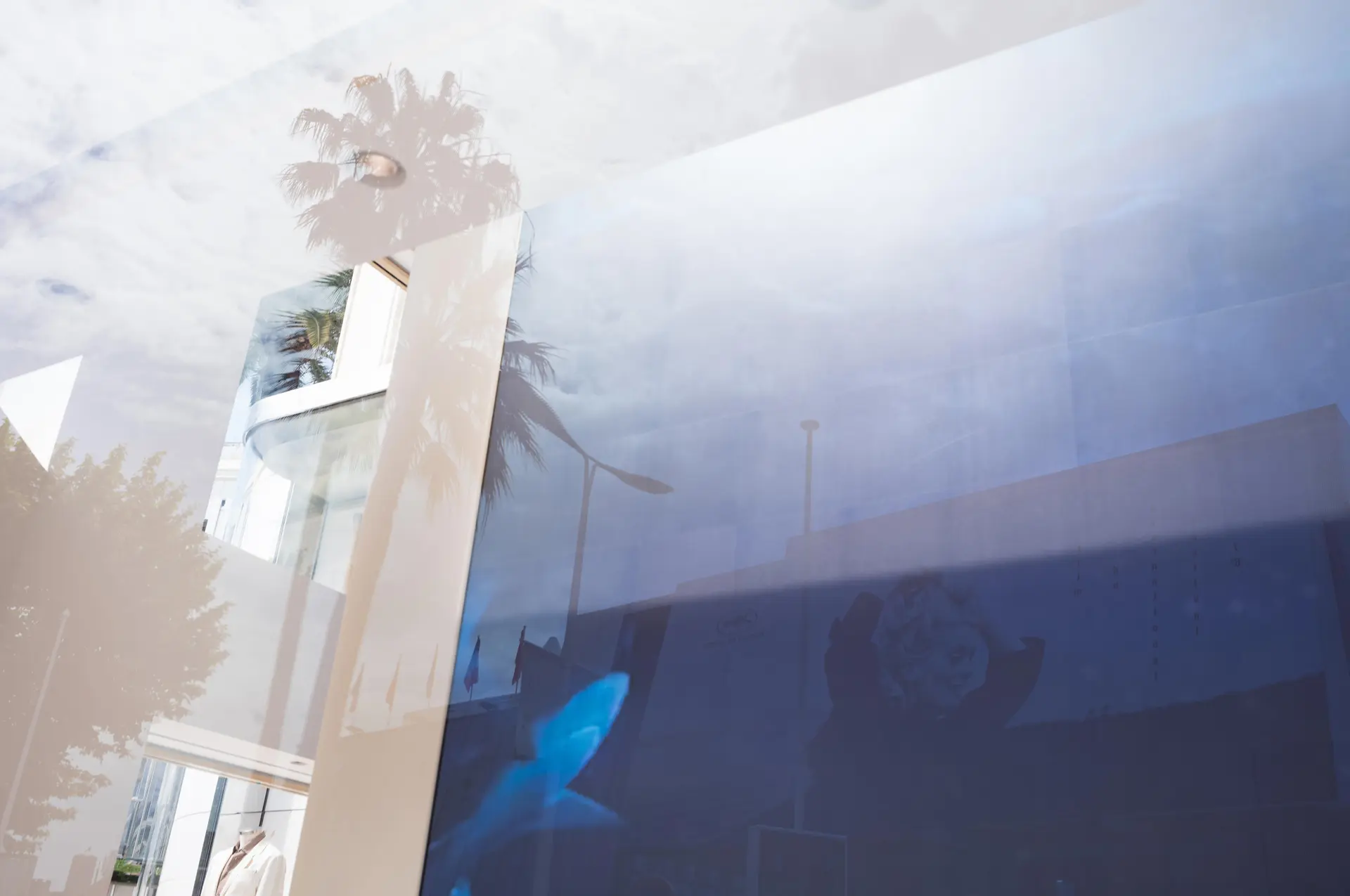
How do you think photography has changed over the past few decades?
Photography has changed enormously, especially due to the transition from analogue to digital technology. I think it’s good that photography has become much more accessible and democratic – now anyone can be a photographer. At the same time, as a counterpoint to the omnipresent flood of images, the existence of clear artistic contributions is extremely important for ensuring that themes can be understood in all their depth and complexity, and the medium of photography can be explored on an artistic level.
How would you assess the current situation for photographers?
There is a lot going on in photography, but also in the world. It is therefore an important moment for us photographers, and the right time for us to be involved.
What opportunities and challenges do you foresee for the future of photography?
Photography will lose none of its fascination. The question is how AI will change photography and where humans and the human element can be found in this.
What role do galleries play in the age of digital media and specifically for your work?
Especially in the age of digital media, galleries play an increasingly important role for me. They are places of retreat where you can consciously withdraw from the flood of digital images in order to find the peace and quiet to go deeper in engaging with an image. One picture can contain a whole universe. I can only unlock a picture’s full and lasting effect if I give it the space to do so – and galleries make that possible. Collaborating with exhibition organisers and witnessing how they create compositions in their spaces is an incredibly exciting experience. My photographs only unfold their full power in the size I have in mind. I exhibit my photographs in large format behind glass so that the viewer is reflected in the photograph and becomes part of the picture – that’s what Coexist is all about. You can only experience this at an exhibition.
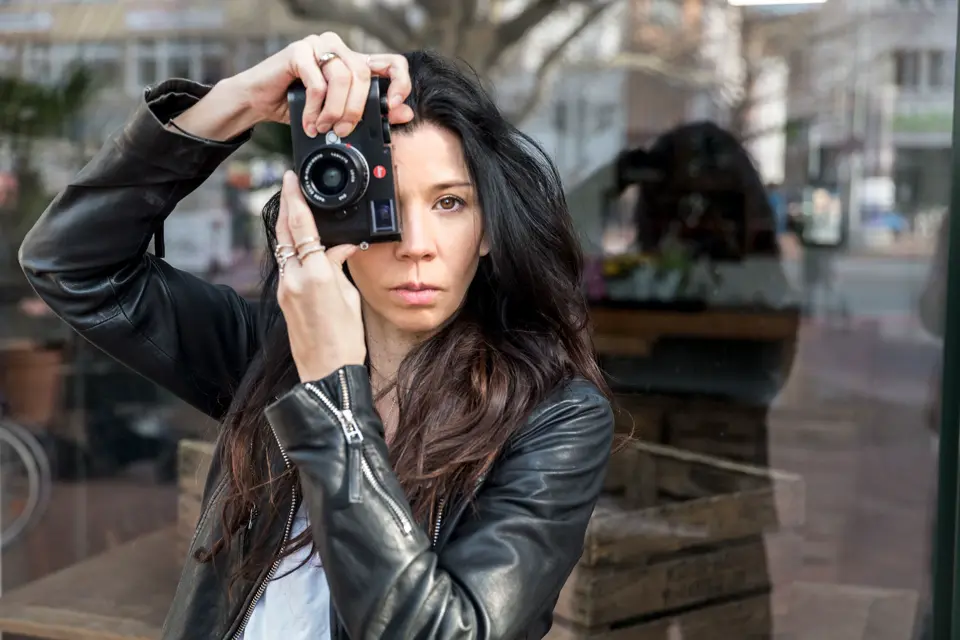
Franziska Stünkel
Franziska Stünkel is a German photo artist, film director and scriptwriter. She studied Fine Arts in Kassel and in Hanover. Her photographic series, Coexist, reveals her worldwide search for coexistence. Stünkel’s pictures are found in renown galleries and exhibition institutions, a well as private and public collections, including the collection of the Sprengel Museum in Hanover. The Audi Art Award and the Berlin Hyp Award are among the honours she has received for her photographic work. In 2023, Stünkel was nominated for the Beyond Future Art Prize, the Louis Roederer Photography Prize and the Prix Pictet Photography Award. In 2020, Kehrer Verlag published her photo book, Coexist.
